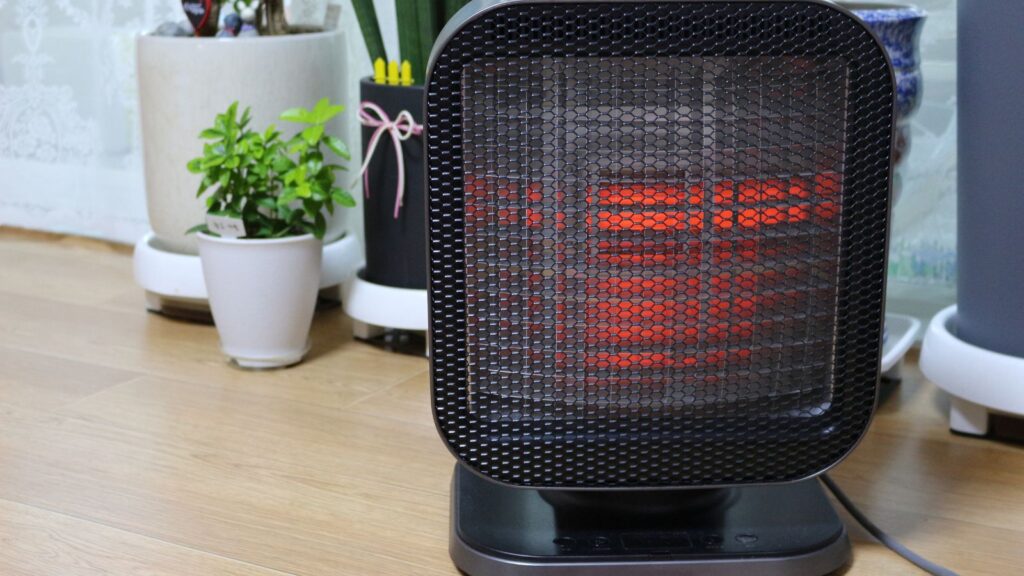Power strips are incredibly useful, providing a convenient and affordable solution to manage multiple devices in our homes. However, it’s important not to overlook the critical aspect of electrical safety when using them. To ensure the safety of both your home and appliances, it’s essential to be aware of what should never be plugged into a power strip.
Air Conditioners
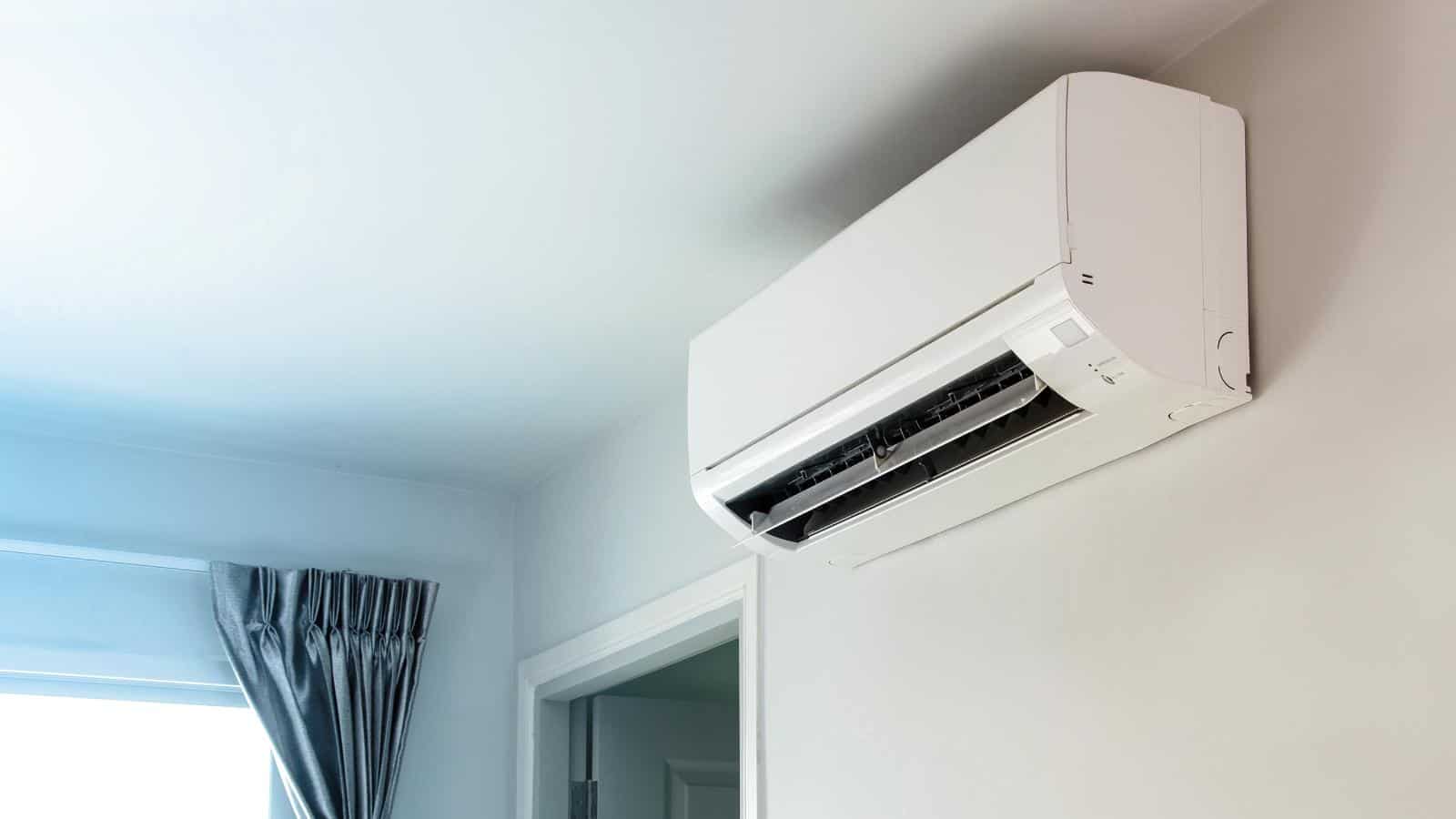
Air conditioners have high power demands and work best when connected to a stable supply. It can be difficult for your power strip to cater to these needs, which can cause it to work ineffectively or pose a safety risk. As such, it’s a better idea to plug it directly into a wall outlet.
Washing Machines
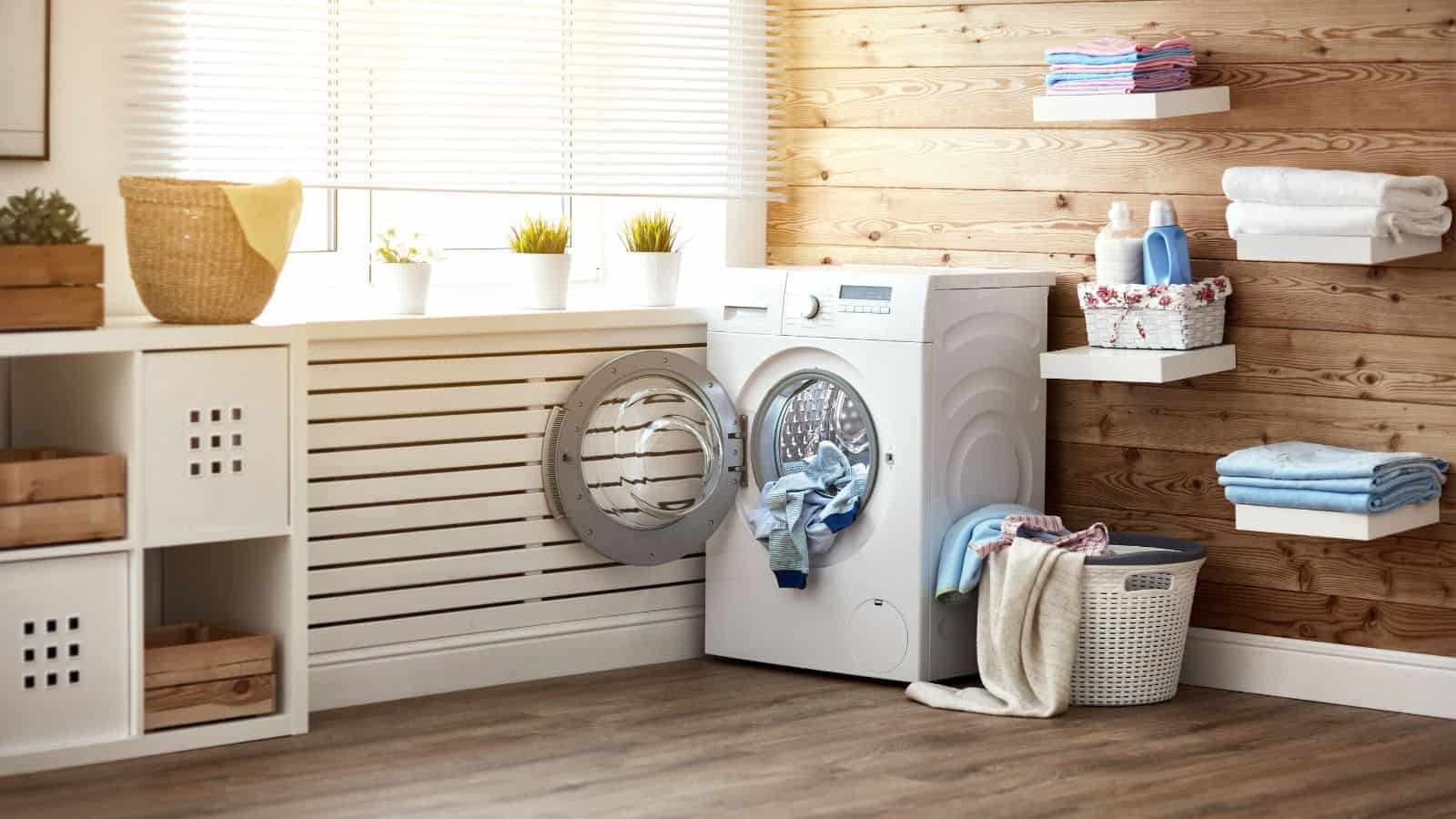
The heating and motor elements within washing machines take a significant amount of power, meaning it’s unsafe to plug them into power strips. Switches between different cycles can be especially problematic. You can protect your home wiring and appliances by simply plugging them directly into the wall instead.
Toasters and Toaster Ovens

Both toasters and toaster ovens use heating elements that require a lot of power from your supply. This can cause them to overheat your power strip and potentially cause electrical fires. You can mitigate this risk completely by plugging them straight into a wall outlet.
Coffee Makers
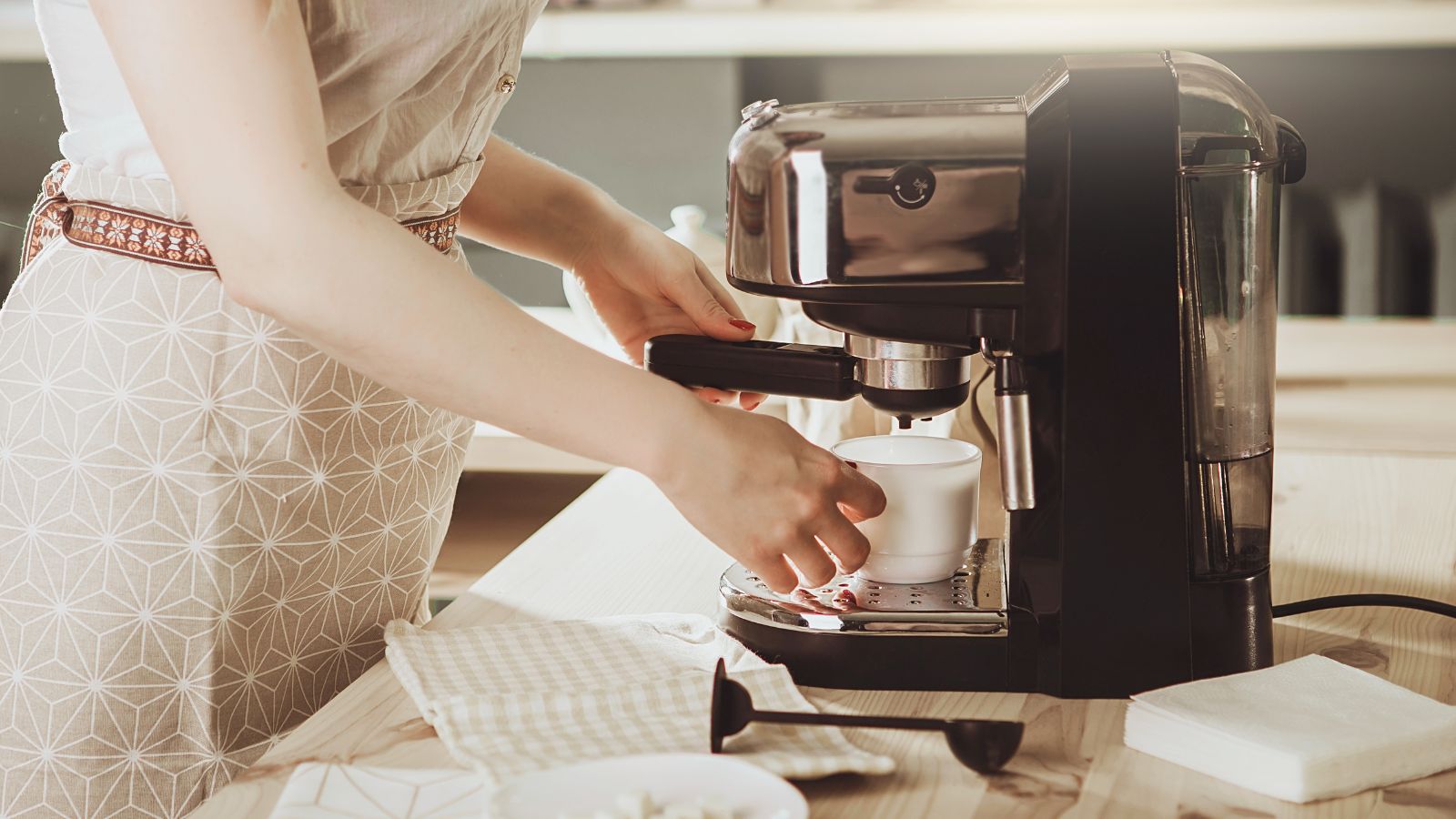
Because coffee makers work at high temperatures and need a stable source of power, power strips are not compatible with them. You may also put yourself at a greater risk of accidentally spilling liquid on the strip. It’s best to plug them directly into the wall to stay safe and give your appliance all the power it needs.
Refrigerators and Freezers

As noted by University Wire, fridges and freezers use up a lot of power, so it’s considered unsafe to plug them into a power strip. Doing so can overload it and heighten the risk of tripping a circuit breaker. This is why it’s better to plug these kitchen appliances directly into a wall outlet.
Microwaves

Like fridges and freezers, microwaves can use up a great deal of power that can be too demanding for a little power strip. In the worst cases, this can put you at a greater risk of electrical fires. Always plug your microwave straight into a wall outlet to properly meet its power demands and safety requirements.
Hair Dryers
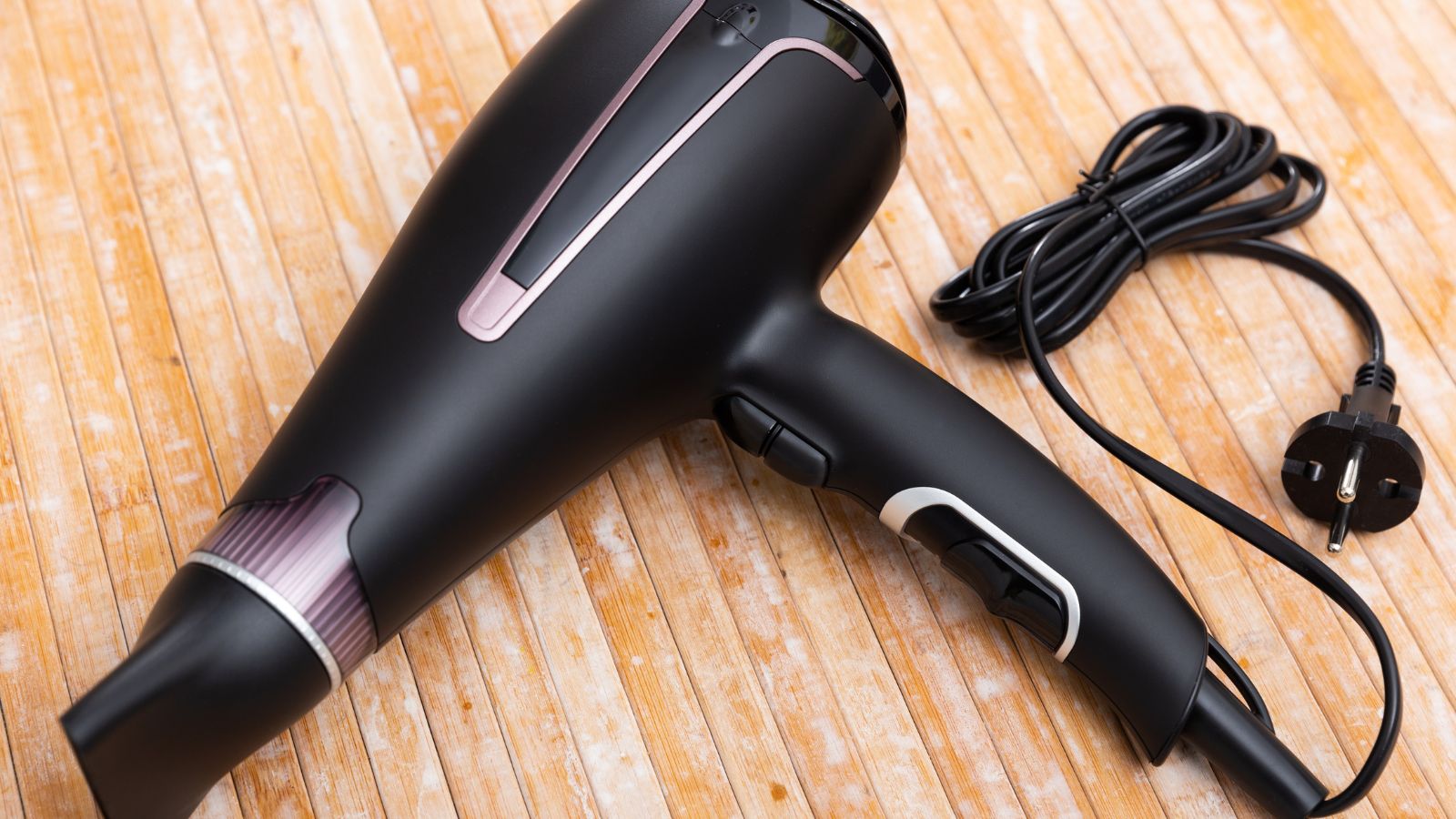
Hair dryers can use different ranges of power depending on the type and settings. However, it’s usually recommended to err on the side of caution by plugging it into a wall rather than a power strip. According to Life Supply USA, hair dryers can overheat your strip and pose a fire risk.
Space Heaters
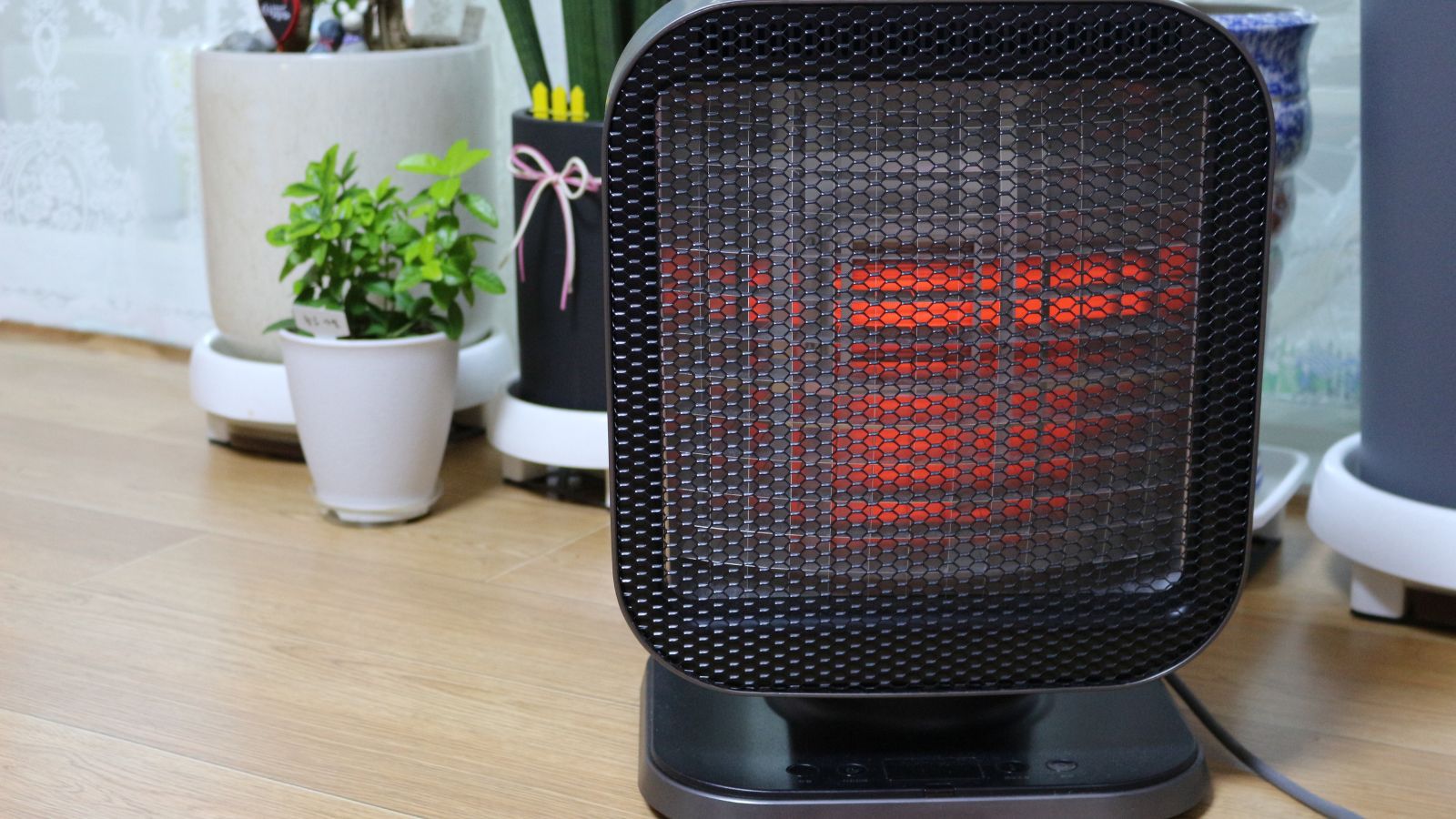
A space heater is another appliance that has a high wattage that can quickly overload power strips. This puts it at a greater risk of overheating the power strip and potentially even causing a fire. To stay on the safe side, it’s recommended that you plug these heaters into the wall instead.
Slow Cookers
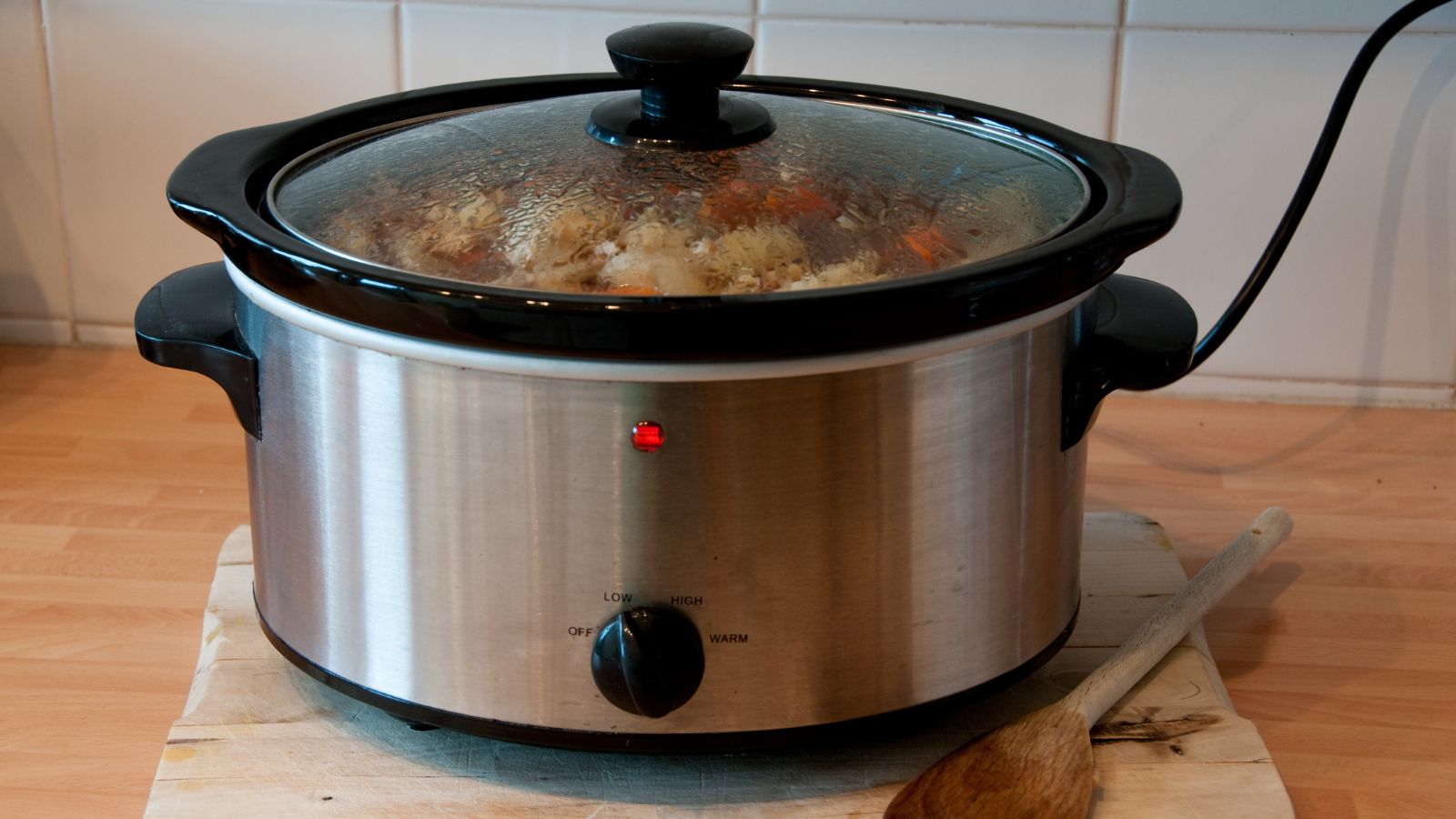
As the name suggests, slow cookers do heat slowly. However, they require a constant, stable amount of power that can make them dangerous to use with a power strip. To stay safe and protect your appliance, it’s recommended to connect it directly to a wall outlet instead.
Sump Pumps
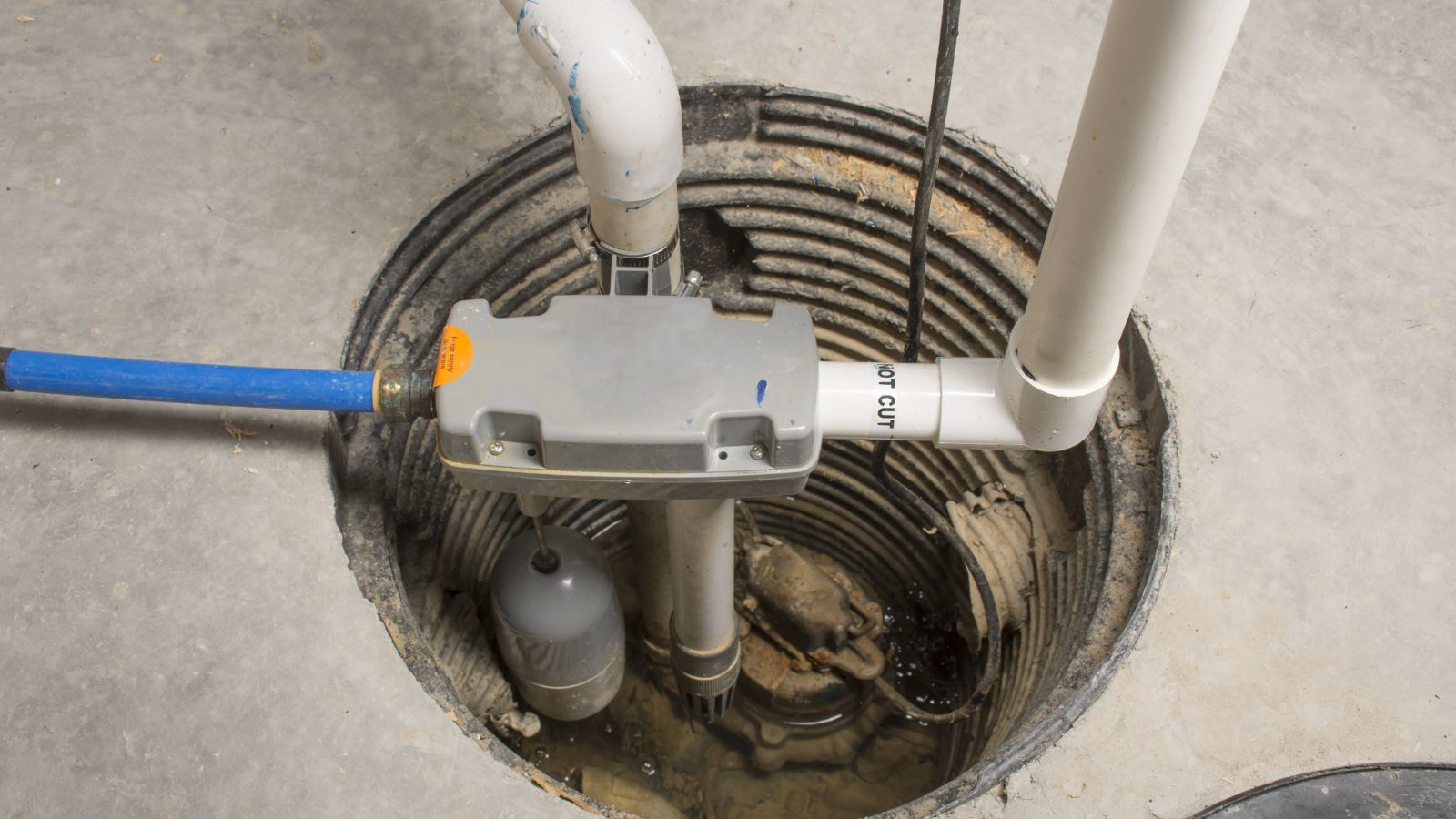
Sump pumps require a high amount of continuous power and are often used in wet conditions. As noted by East West Electric, this makes them unsafe to use with power strips, which can easily become wet, damaged, and cause a safety risk.
Garage Door Openers
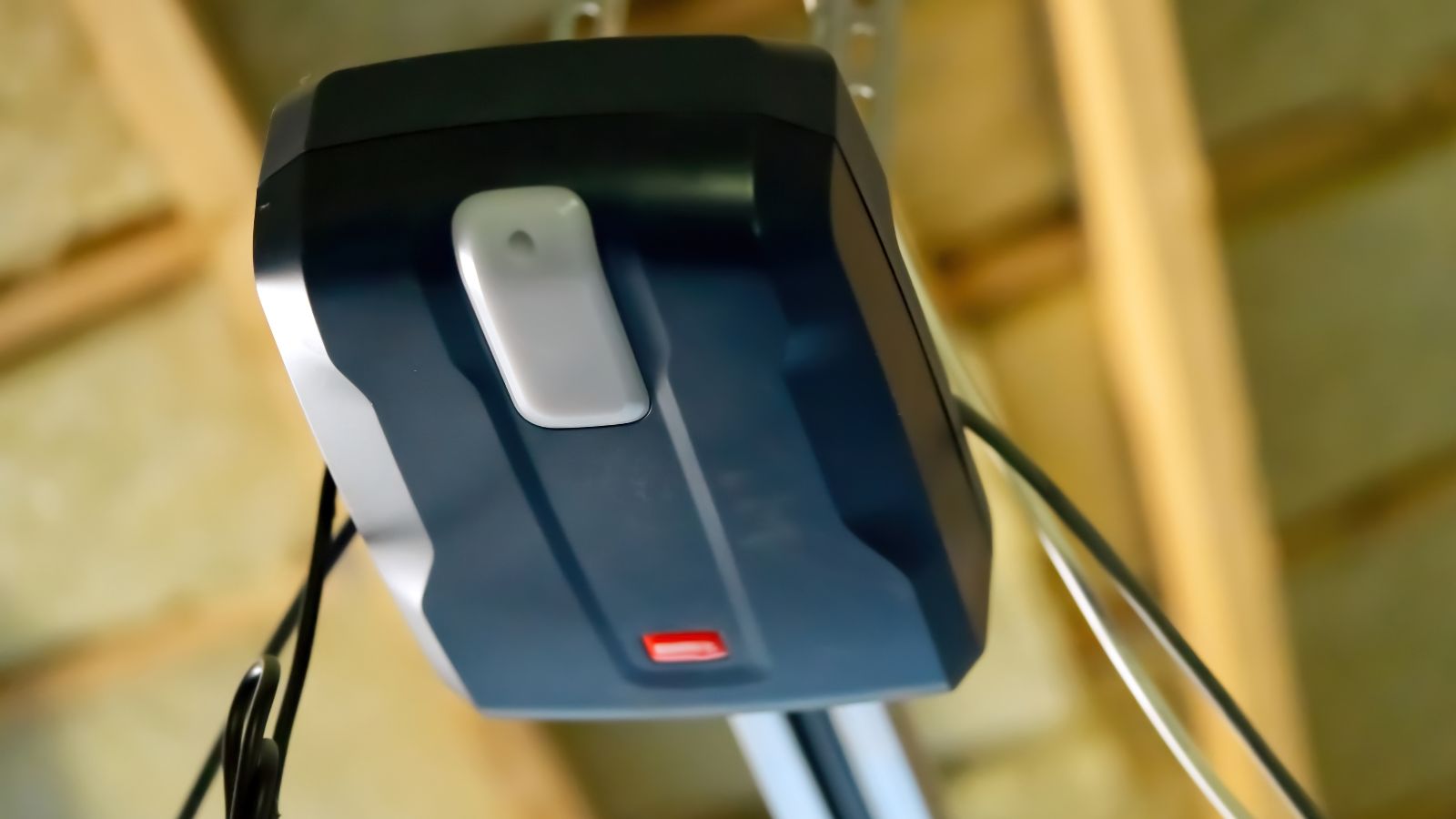
Garage door openers make use of sudden start-up power that can be too much for many power strips. It’s also very important that these tools are connected to a reliable, stable source of power, as malfunctions can pose a significant safety risk. Therefore, you should always plug them into a dedicated wall outlet.
Irons

As irons demand a high amount of power to generate high temperatures, they are not suitable for use with power strips. Using them in this way can put you at risk of overheating your power strip and potentially causing an electrical fire. It’s strongly recommended that all high-heat appliances should be connected to a wall outlet.
Dehumidifiers
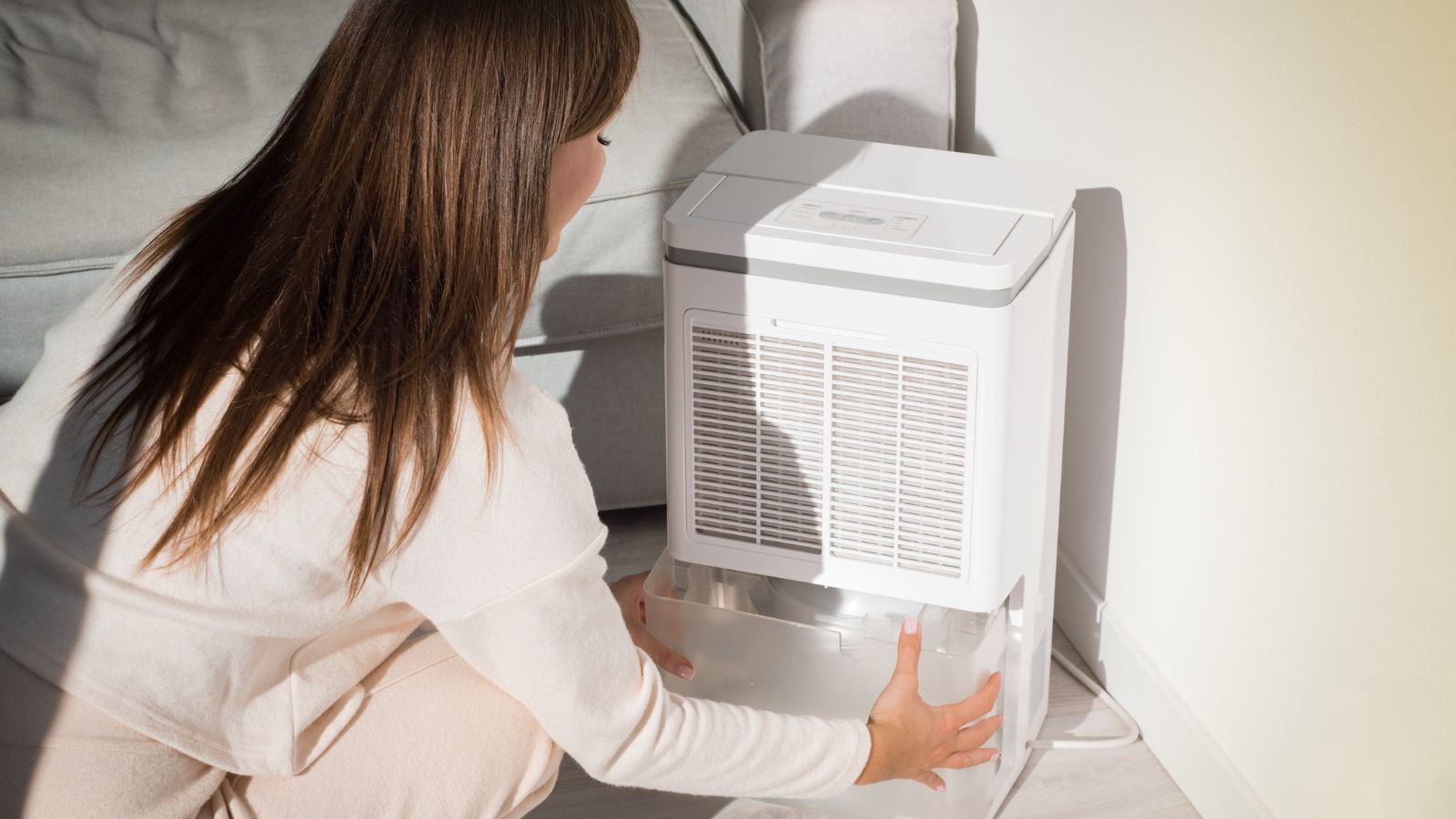
Like air conditioners, dehumidifiers need a strong and consistent source of power, making them incompatible and unsafe to use with power strips. Doing so can reduce the functionality of your dehumidifier and potentially lead to safety hazards. Always plug your dehumidifier into the wall to ensure it works properly and safely.
Portable Heaters
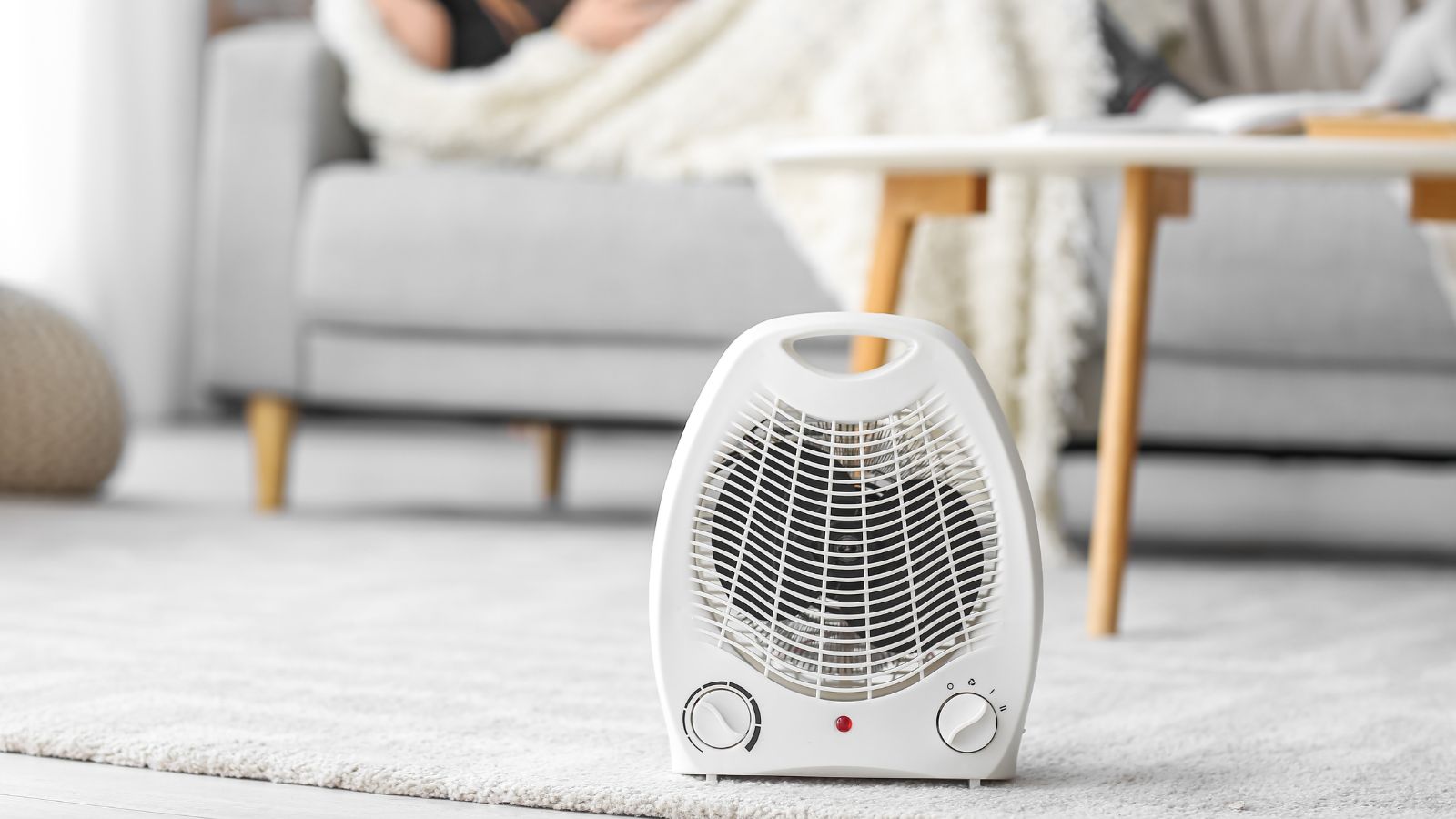
Portable heaters may be fairly small and convenient, but it’s important not to underestimate their power and potential for danger. These devices draw a lot of power, often over long periods of time, which can easily overload a power strip and increase the risk of fires.
Blenders

Blenders are usually quite small, but they can use as much as 1,500 watts of power to process certain foods. For this reason, it’s safer to plug them directly into a wall outlet rather than a power strip. You may also put yourself at a greater risk of spilling liquids on the strip by using it in close proximity with a blender.
Dishwashers

Dishwashers require a lot of power for their motor and for heating up water to clean your dishes. Therefore, it’s quite likely that a power strip will fail when connected to this powerful appliance. It’s safer and more effective to simply plug it straight into a wall outlet instead.
Electric Grills

Like other appliances that are required to generate a lot of heat, it is considered unsafe to plug an electric grill into a power strip. Doing so can increase your risk of overloading your strip and hazards such as electrical fires. Plugging your grill directly into the wall will mitigate these risks.
Submersible Pumps
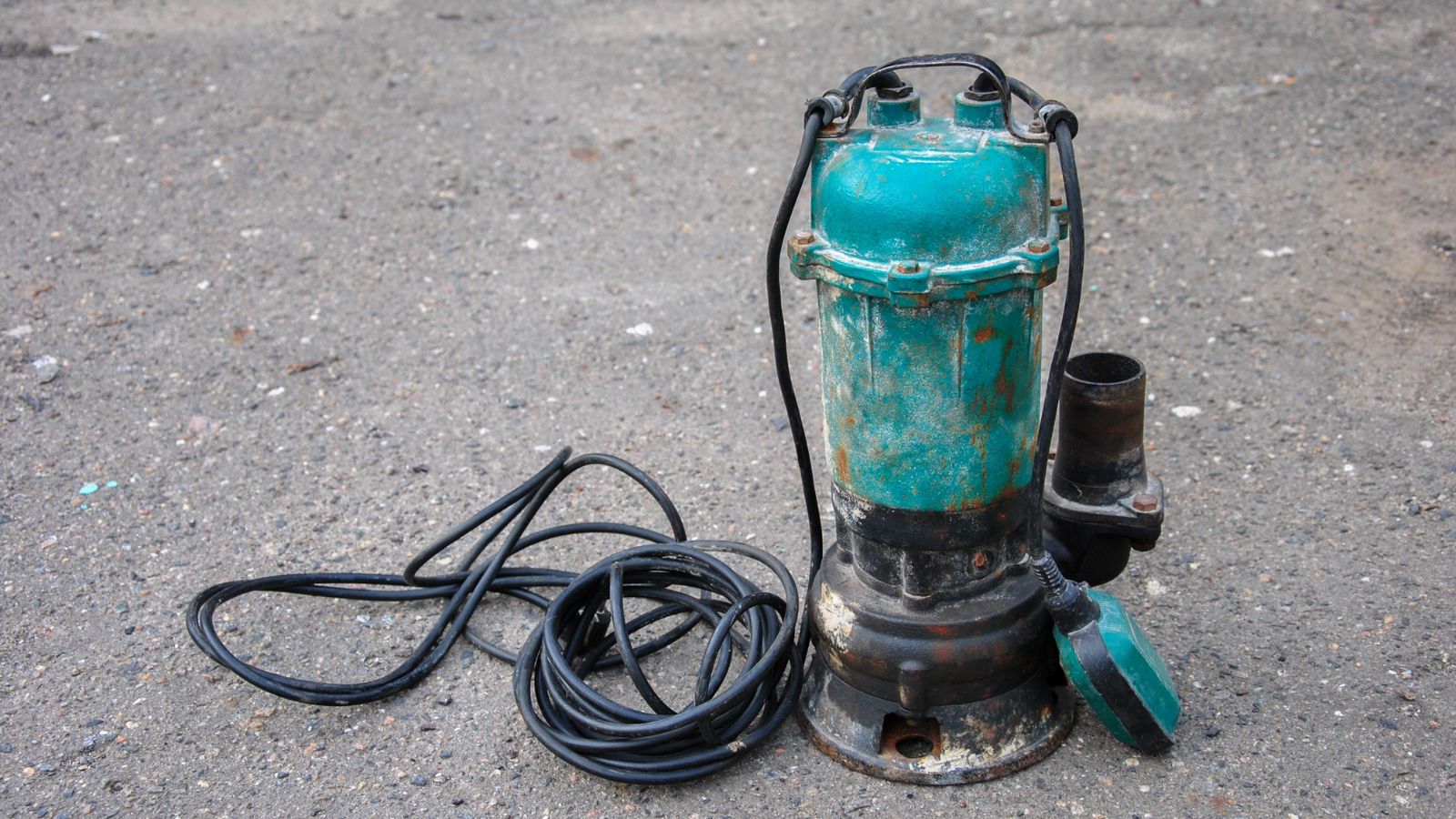
Submersible pumps are impressive tools that demand a significant amount of energy, meaning they need a consistent and robust power supply. Power strips are not up to this task and can easily become damaged due to overload and moisture exposure, so you should always opt for a direct wall outlet connection instead.

